The Push-up: How You Do One Thing Is How You Do Everything
Yesterday Sarah used the push-up as a point of reference in the context of “virtuosity” (AKA doing the common uncommonly well). Today, I offer my (Rob) thoughts on basically the same principal — but from a different angle…
In my life outside of the gym I’ve interviewed hundreds of eager candidates who sought to join a sales and client service team within a demanding, deadline-driven, constantly evolving services and technology industry. Over the years I had culled my interview questions down to just a handful that seemed to work really well for predicting how that candidate might fit into the role we were trying to fill. One concept we tried to investigate and use during this process was "how you do one thing is how you do everything."
Think about it. You all have friends, family, and coworkers and some of them might be good examples. That friend you have who has an organized car that's always sparkly clean? She probably has her act together at work and stays on top of her list of action items with a sense of urgency. Your cousin who has months-old unopened mail and catalogues on his dashboard, and a half eaten pizza on the backseat? I'll bet his email inbox at work has thousands of messages in it, and he "can't figure out why his email thingy keeps crashing" when his boss needs him to follow up with a client.
In the gym, and with human movement, it's often the same thing. How an athlete does one (basic, fundamental) thing usually indicates how they'll do nearly everything else. The guy with the sloppy air squat, who doesn't work to correct it no mater how many times he's cued to do so? He likely moves poorly in just about everything else we do in the gym.
One movement we generally get a lot of comments from both newbies and experienced alike is the push-up. We teach the push-up in On-Boarding and we cue the movement frequently in the gym WODs, sometimes to the point of bewilderment by a few. But the truth remains-- how an athlete does this one thing is generally how that athlete will do nearly everything else. Those that have chosen not to correct their push-up positioning or go through the period of "but it feels way harder when I do it that way!" have generally not progressed in push-up strength, stability, or muscular endurance. Those who have? Well, they're crushing it in push-up WODs and are now the people I point to when I'm trying to get someone into the correct position.
Greg Everett wrote a great article a couple of years ago about the push-up, and I was reminded of it recently when observing some new athletes do push-ups in our free Intro Class. His article - titled "The Push-up: Why Is This So Hard?" - is located here, and I've pasted an excerpt below:
The push-up is one of those things that when done well doesn’t draw much attention—it’s not a flashy feat of athleticism. However, in my opinion, how one performs a push-up is indicative of that individual’s athletic foundation, and possibly more importantly, how committed one is to excellence in movement and performance. Sloppy push-ups suggest to me a superficial interest in athleticism and a degree of laziness. Put a little attention and effort into the simple things and it will pay returns in the more complicated and interesting ones.
How you do one thing is how you do everything.
WOD For 09-26-18:
“Rowling”
TEN 100m Frames For Total Time:
*Attempt to stop the monitor EXACTLY on 100m for each "frame"
*For every meter over or under 100m do one burpee
*Re-set the monitor to zero to start each "frame"
*Record total time required to complete 10 "frames" including burpee penalties
-then-
With a Partner For Time:
2000m Row
200 Double Unders
1000m Row
100 Double Unders
500m Row
50 Double Unders
*Partners share all reps with only one person working at a time -- switch whenever you like (reps do not have to be evenly split)
